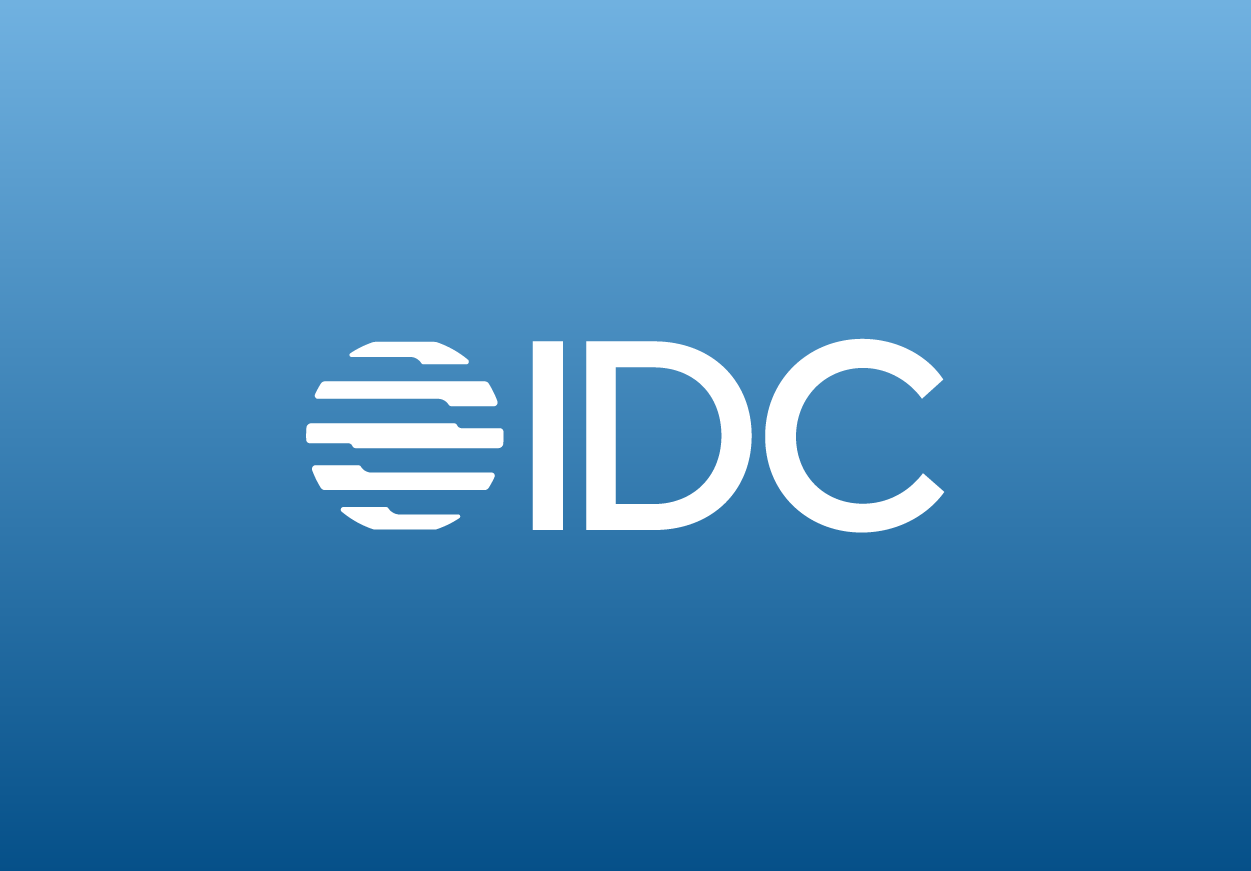Blog
CFOs and the Importance of Relationship Banking

CFOs are the custodians of financial growth for enterprise business. A key part of that role is to build and foster mutually beneficial relationships with banks and funding partners, otherwise known as relationship banking. But what is relationship banking and how does it work? Since banking relationships are built upon the provision of services; whether those are lines of credit, daylight overdrafts, bank account reporting, payments, foreign exchange or concentration / pooling structures, CFOs can and should maximize the value derived from partner financial institutions.
Selecting the Right Banking Partner
One of the first mistakes a CFO or finance professional can make is in selecting or expanding a relationship with a bank ill-equipped to handle the global nature of their business and geographic footprint.
For example, banking relationships have implications across borders as many strong financial institutions are partnered with local banks or their own local branches providing much needed local expertise. Navigating difficult tax and reporting requirements, local format and regulatory requirements or unique depository scenarios all call upon strong relationships with banks familiar with your localization needs.
Automating Bank Reporting with Technology
Automating your banking interactions and reporting with technology is an area of concern. In this scenario, CFOs are not able to take advantage of the full range of banking services since lapses and gaps in technology solutions do not provide for straight-through processing of payments or the automatic posting of cash and transactional details from bank-provided daily bank statements. Banks have evolved their services to provide much more flexibility and sophistication with regards to intraday bank statements, high levels of detail within bank statements and the frequency of sharing this information up to 4 to 5 times per day. Without the right technology solution to handle cash and liquidity forecasting, CFOs are leaving value on the “proverbial table” in the form of lost opportunities to invest, grow the business, or mitigate risk. Meanwhile, the lack of finance and treasury tools and automation associated with technology solutions, keeps staff tied to daily, tactical tasks versus a focus on strategic support and projects. Automated reporting is just one of the benefits of relationship banking.
Maximizing Financial Potential
How well do CFOs understand the full potential of their banking relationships? CFOs must be involved in understanding the health of the banking relationship and managing, or at least receiving updates on banking scorecards and other metrics to ensure the bank relationship is being leveraged to its full potential. For instance, more than ever, banks often provide or are partners in enabling Supply Chain Financing or Discounting scenarios to help both sides of the financial supply chain achieve their objectives. CFOs, again, must leverage their banking relationships while coupling them to technology options such as a solution with Dynamic Discounting or Supply Chain Finance to maximize bank services.
Achieving Real-time Liquidity Visibility
Additionally, visibility to liquidity in near or real-time is a must-have for CFOs. Liquidity planning is critical for CFOs in good times and in bad. Historical market drops have highlighted the importance of having real-time access to information about your total liquidity position, understanding what level of cash is flowing through all systems, and what level of liquidity can be allocated to invest in growth opportunities or simply pay employees. CFOs in many cases can partner with banks to develop a mutually beneficial relationship. At the end of the day, Treasurers provide the CFO with the assurance that assets are safeguarded and the organization has the liquidity required to meet obligations and fund strategic decisions. This is only possible if they too have immediate visibility into their positions.
Having Major and Minor Banking Relationships
Finally, there is risk in having all of your eggs in one basket. CFOs should have a backup plan – having your liquidity, services and debt instruments with one bank can prove to be risky. When financial crises strike from internal or external factors (like margin calls, bankruptcies, etc.), these financial risks are mitigated when the CFO has a back-stop and other banking partner options to keep the lights on and the supply chain flowing. Having major and minor banking relationships can help keep banks competitively working for you while giving your organization financial and liquidity options to keep operations moving.
Elements of this article first appeared in CFO Dive: Bankers’ main CFO gripe: lack of transparency












